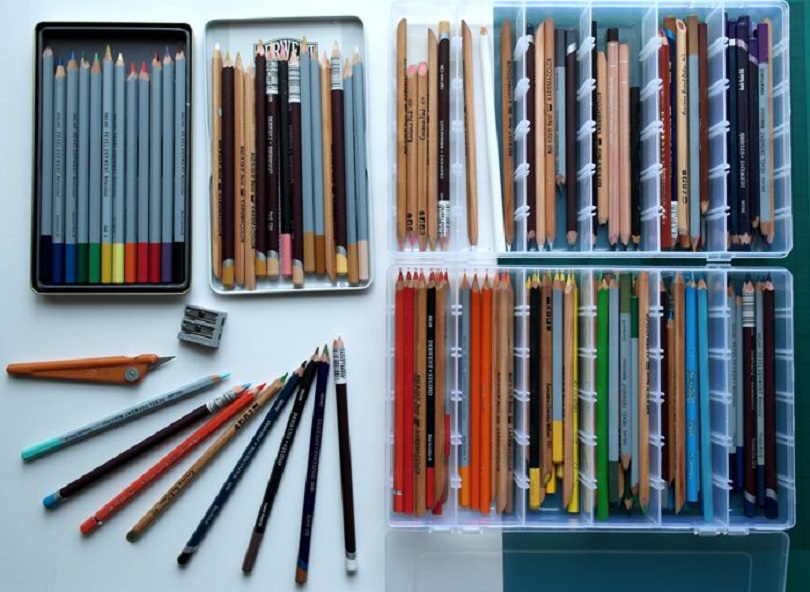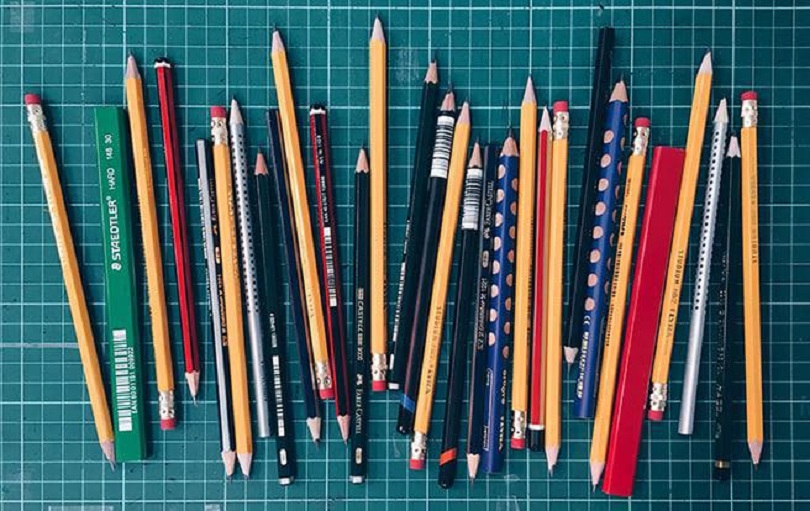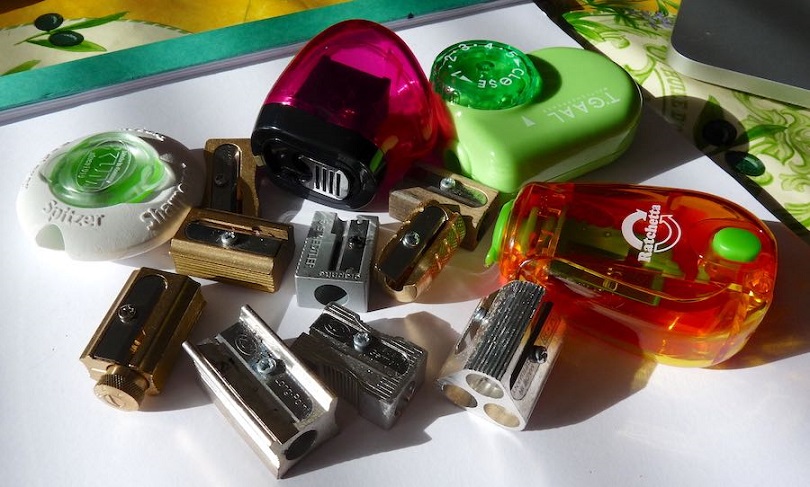If you're starting to discover the charms of pencil and charcoal drawing, you landed in the right place. The materials an artist draws with are crucial for the final art. Pencils and paper are the excellent starting material for many people. This way you can explore your talent and see. As your talent and skills develop, you will realize that you want to try out other techniques and materials. Even though the technology is going forward, artists' materials haven't changed much over the centuries. Starting with pencil drawing materials is a great idea if you're new to this since they are inexpensive so you can afford to explore your talent.
Types of Pencils for Beginners
Graphite Pencils
This is the lead pencil and almost everyone knows about it. What most people don't know is that it is not made from lead but from graphite, which is a carbon that is mixed with clay and then it's baked. Graphite pencils are sharpened with a sharp craft knife instead of a pencil sharpener. They come in various forms starting from hard (H) to soft (B).
9H is the hardest and 9B is the softest. You may come across an F (for fine) and HB in the middle range. H pencils (2H, 3H, and 4K) are excellent for clear-cut, light lines, but will scratch the surface of your paper. B pencils are much more suitable for softer, tonal work.
Every pencil gives certain darkness and you can press all you want but the darkness will remain the same. If you need a darker tone, you should get a softer grade of pencil. Soft pencils have a greater range of tones; hard pencils can be erased without leaving an indentation on the paper. The best options for beginners are 2B or 3B.
Pastel
These pencils are made from a strip of hard pastel fastened in a wooden barrel. The pigment will easily break if you drop them. Pastel pencils are harder than soft ones and look like coloured pencils. They are great for detailed line work and shading; they are non-waxy and can be blended well. Marks made with these pencils aren't permanent and will require spraying with a fixative.
Coloured Pencils
When purchsing your pencil drawing materials, don't forget to get coloured pencils too. These are made the same way as graphite pencils. The pigment is mixed with a clay filler and a binder; they also have added wax to act as a lubricant and help the pencil slide smoothly over the paper. You'll find them in any colour and form such as standard, water-soluble, and thick and thin-leaded. Coloured pencils don't need to be sprayed with a fixative. Some coloured pencils make sharp lines, while others are softer and can be blended easily.
Conté Sticks, Crayons and Pencils
Conté sticks, crayons, and pencils are natural pigments wrapped with gum Arabic. Conté sticks (carré sticks) and hard chalks or pastels are excellent for making coloured sketches. The most popular colours are earth tones such as white, black, greys, browns, and rusts. They are excellent on coloured paper and can be used with other dry drawing supplies. The pencils are suitable for line work; the sticks can be used to block in larger areas of tone. They can be smudged and blended but you might not be able to easily erase them.
Charcoal Sticks
Charcoal sicks are charred wood and one of the oldest drawing materials. These are made from carbonized wood (usually willow, but you may also find beech and vine), and are graded as soft or hard. They come in four thicknesses - thin, medium, thick, and extra-thick sticks. Extra-thick ones are also known as “scene painters’ charcoal.” Thin sticks are ideal for working on fur, feathers and other fine details. Block charcoal is ideal for large areas.
Graphite Sticks
Graphite sticks are a popular option for traditional pencils. They don't have the wooden casing you see in pencils and are a thicker version of the graphite strip that is found in the centre of a pencil. They come in HB, 3B, 6B, and 9B grades, and have some advantages over the traditional wooden pencil. The barrel shape is round and some brands are coated with a thin layer of plastic paint that you can remove when you use the stick (it will keep your fingers clean).
Pens & Ink
If you choose pens, you'll come across a wide range of options, which may be overwhelming. Technical pens are excellent for fast sketches, but they leave unvarying marks. If you go for a fountain or cartridge pens, ballpoint, fineliners or roller-ball, you can use them for sketches and more detailed drawing. Ballpoint pens are smooth and are convenient for sketching. All pens can make fine, and easily moving lines, with smooth and subtle results. Drawing inks come in various ranges of colours, and are either waterproof or water-soluble. Water-soluble inks aren't so widely available as waterproof inks. Both inks can be blended with water (this way you can create tones). Water-soluble inks allow you to soften line work.
One of the most famous is India ink which is black and in fact, is from China. It gives a warm, deep sepia colour when diluted with water (it dries fast and it's waterproof).
Sharpeners
You'll also need a sharpener to complete drawing supplies. Get a sharp craft or utility knife for sharpenings wooden-barreled pencils, Conté chalks, and carré sticks. The sharpener allows you to sharpen the point of a pencil, stick or chalk and suit it to the type of work you are doing. They are also great for cutting dirty edges from erasers.





Comments
Post a Comment